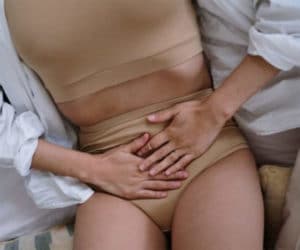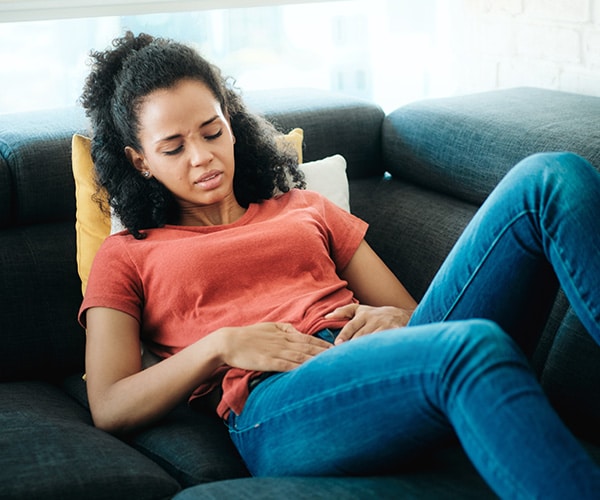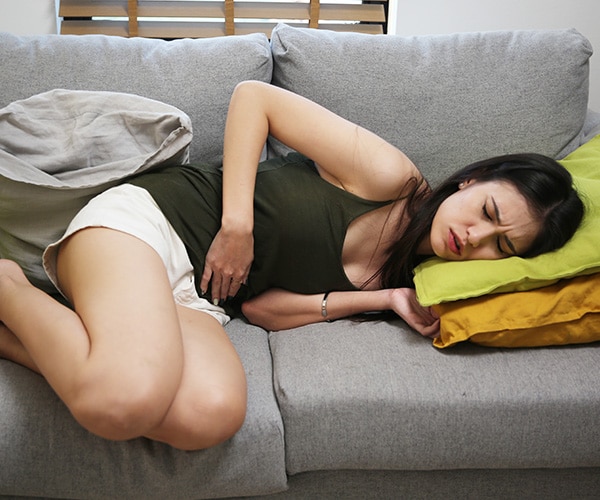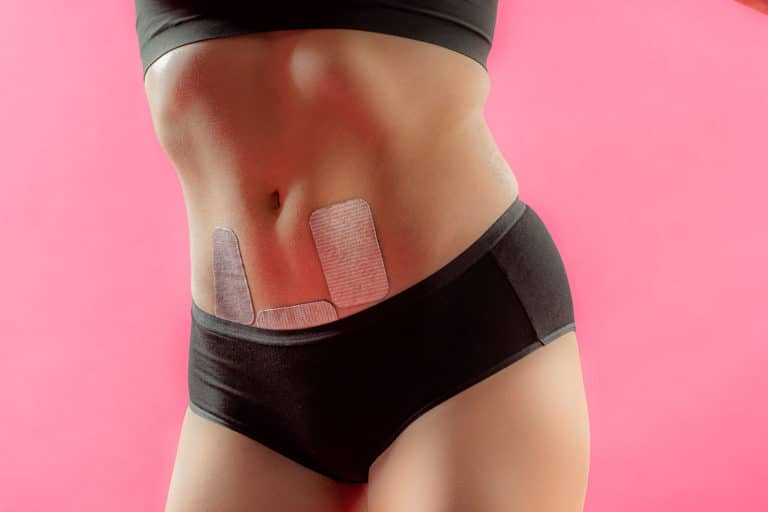
What is dysmenorrhea?
Aout2024 - Understand and naturally alleviate the pain associated with dysmenorrhea to return to a daily routine free of suffering during the menstrual cycle.
On a global scale, several million girls and women menstruate every month. While the physical phenomenon is identical in all countries, the social context can impose totally different situations. The taboo surrounding menstruation has dramatic consequences for the lives of girls and women who are socially excluded, considered impure when they menstruate. In some communities in India and Nepal, women are still forced to leave their families and villages when they menstruate.
While the situation in Europe is far from so extreme, the discomfort felt during menstruation is nonetheless always burdensome. To understand this malaise, you need to know that for centuries in Europe, menstrual blood was associated with impurity, and associated with pain, was necessary to cleanse women of their sins. Incomprehensible though it may be, this judgement has left its mark on the psyche, and today women have to deal with their menstrual cycle as discreetly as possible if they don't want to be told: "What's the matter with you today? "Are you menstruating or what?
The impurity of blood, the injunction to conceal the very idea of menstruation at all costs (until very recently, there were no advertisements for sanitary protection showing the absorption of a liquid that looked like blood, for example), the need for impeccable hygiene during this "impure" period, the shame of being a woman is still very present in our society..
It's easy to see why communication on this subject is still an unbearable taboo. And yet.., menstruating is totally natural. However, too many girls and women feel a sense of shame and are subject to a dangerous taboo on the subject.
At present, 1.7 million women suffer from "menstrual precariousness", a term that refers in particular to a lack of access to sanitary protection. Fear of being mocked if they stain their clothes, and shame, many girls don't go to school when they have their periodsometimes leading to total withdrawal from school.
To standardize the rules, the humanitarian association CAREa company deeply committed to the cause of women, has launched the #respectnosrègles initiative to combat this taboo. The campaign invites Internet users to talk about it on their networks, so that tragedies such as the death of a woman in Nepal during her menstrual exile, or the suicide of a young girl in Kenya due to a bloodstain, never happen again.
If the simple fact of having your period is still considered a burden to hide, how can you talk about the pain associated with it?

Women have always been told that the pain caused by menstruation is "normal", so much so that some do not consult a doctor and endure this period alone.
Normal pain? In 2016 research established that menstrual pain can be "as bad as having a heart attack"or "as painful as a heart attack"..
They hurt, sometimes terribly. But that's normal, they were always told. After all, before them, their mothers and grandmothers had also borne their crosses. Women's stories. So, in order not to be seen as storytellers, they learned to grit their teeth and suffer in silence. "I'd completely internalized the pain of menstruation," recalls the women. Céline Ferrara.
A taboo subject, pain not taken into account, lack of information: menstruation is still a source of anxiety for most women. Gaëlle Baldassari, author of Kiffe ton cyclea qualified trainer and coach in the neurocognitive-behavioral approach.
In France, the Assurance Maladie states that "menstrual pain is the leading cause of school absenteeism in teenagers and work absenteeism in women".. It's a remarkable achievement!

Silence and prohibitions limit women's and girls' access to relevant information about their bodies and menstruation.
Some doctors, rather unprepared, may also still lack consideration, trivializing the pain of menstruation and seeing these physical symptoms as psychological somatization.
The answer is no! Menstruation is not synonymous with suffering.
In a previous article, we explained the origin of menstrual pain. The contraction of uterine muscles generates spasms which are one of the main points of suffering caused by menstruation. "To read or reread the article click here ".
Menstrual pain can appear at two times:

The good news is that solutions do exist. To effectively and naturally soothe pelvic pain or pain located in the lower back, STIMCARE has developed́ the PERIODS range. Designed with patented eNOsyntex technology, the infrared patch STIMCARE PERIODS works by reflecting, like a mirror, the infrared rays emitted by the body itself. This concentration of endogenous infrared activates blood microcirculation, helping to relax uterine smooth muscles for rapid, lasting relief. With no chemicals, STIMCARE PERIODS patches provide a real, natural answer to menstrual pain.
Because taking care of women is a necessity, the Stimcare Periods range has been designed to free women from menstrual pain and enable them to live life to the full every moment.
Simply apply the patch by following our tutorial videos, available in French only. here to guide you every step of the way.
If you have any questions about how to apply the patch, send your request to sante@stimcareonline.com. A therapist trained and certified to apply STIMCARE patches will take the time to answer your questions.

A woman's period on average between 2,555 and 3,000 days in its lifemore than 8 years in total. For too many women and girls, menstruation means days lost to pain, shame and discrimination.
To break the taboo of menstruation, the NGO CARE works on a daily basis to change mentalities and attitudes. enabling women to experience menstruation with dignity.
Today, thanks to STIMCARE, menstrual suffering is no longer an option to which a woman is forced to submit. Period pain can now be relieved naturally and effectively in just a few hours thanks to Stimcare Periods patches.

Aout2024 - Understand and naturally alleviate the pain associated with dysmenorrhea to return to a daily routine free of suffering during the menstrual cycle.

Aout2024 - Your body changes after pregnancy. Discover natural solutions to relieve painful post-delivery periods.
Do you have any questions about using patches?
Stimcare - Tortel Industries, 2761 Les Rouvières, 26220 Dieulefit, France (excluding French overseas departments and territories)